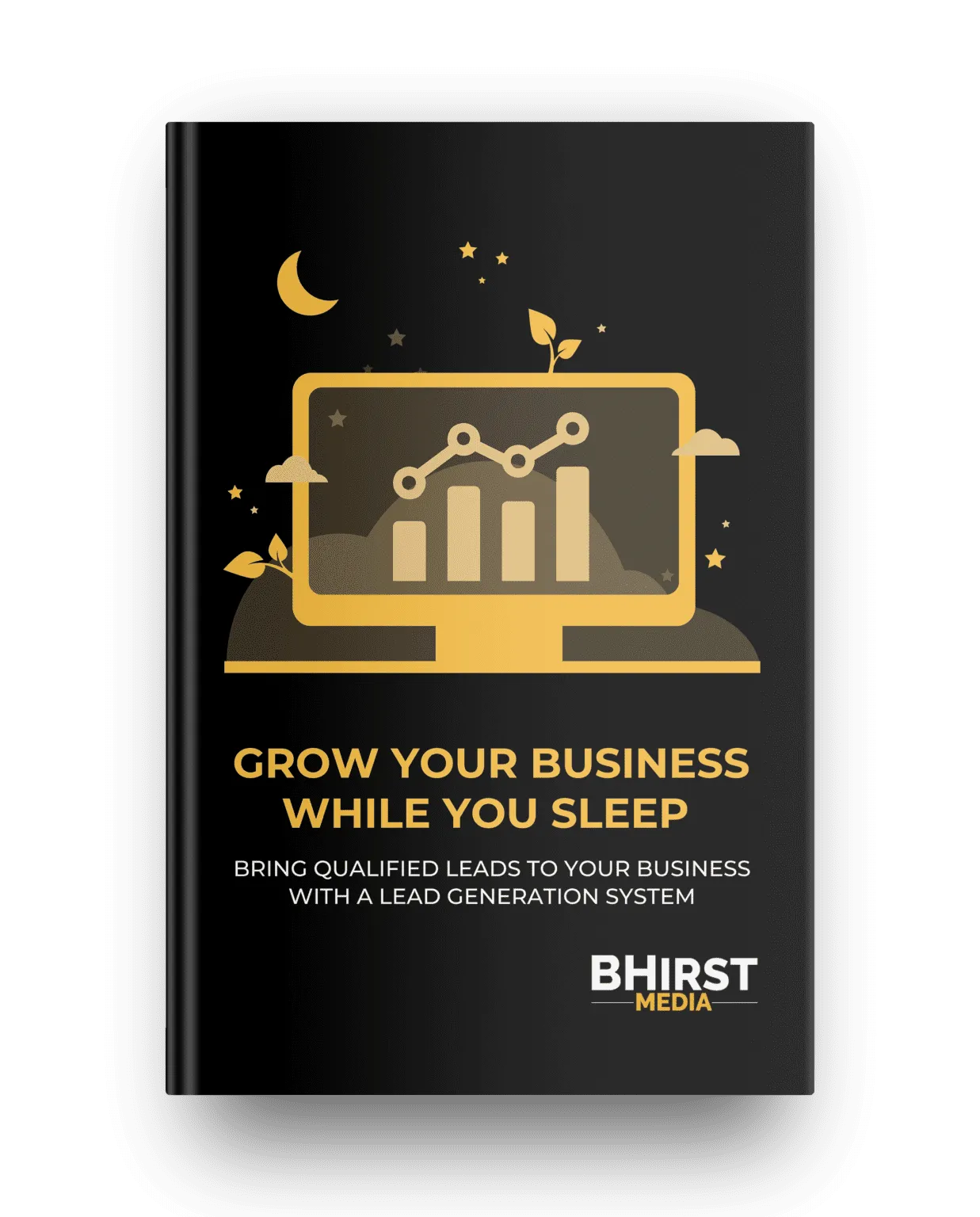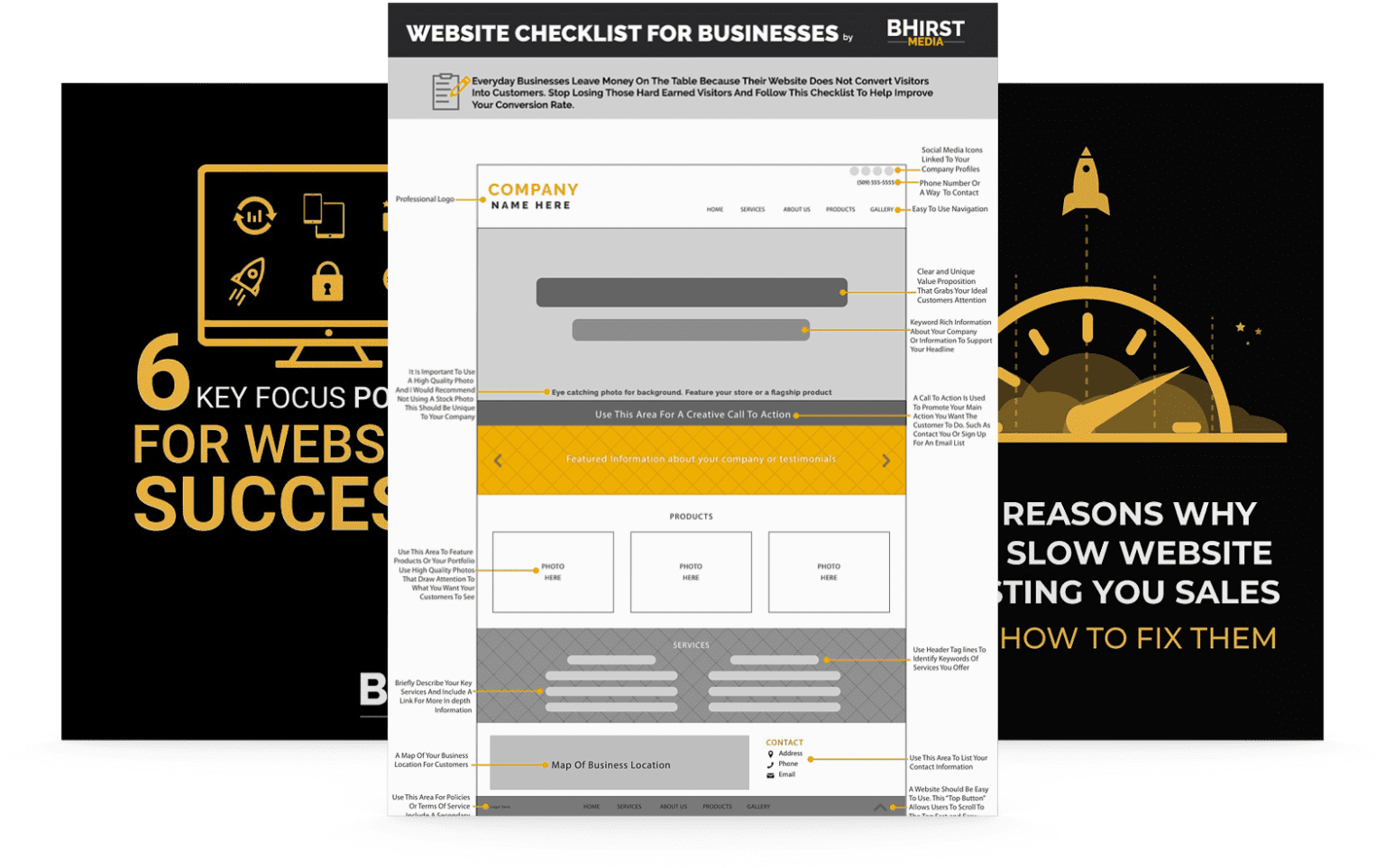
Building a lead-generating website is crucial for transforming web traffic into tangible business opportunities. Focus on practical design, clear functionality, and strategic conversion elements rather than aesthetics alone. Here are essential tips to help you transform your website into a high-converting platform.
A lead-generating website combines strategic design with clear user intent and optimized functionality. In the sections ahead, discover actionable steps to implement these tips, along with tools and best practices for sustained success.
Did you know that 80% of businesses consider lead generation vital for growth, yet many struggle with effectively converting their website visitors into leads? This gap can be the difference between soaring success and stagnant sales.
A lead-generating website isn’t just a flashy digital storefront; it’s a strategic tool designed to capture interest, guide visitors toward a clear action, and ultimately boost your conversion rate. In a world where every click matters, website optimization for leads becomes the cornerstone of digital marketing efforts.
Let’s dive into how you can transform your website into a high-converting machine with practical, actionable tips tailored for small business owners.
Small businesses often overlook the power of effective lead generation through their websites, sometimes focusing too much on visual aesthetics. Understanding what constitutes a lead and how to generate them through your site is crucial for growth. A lead, simply put, is a person or company showing interest in your product or service and provides contact information, indicating they could become a future customer. This fundamental understanding shifts the focus from passive website visitors to active participants in the business lifecycle. An untouched mine of potential sales, the website can become your most effective salesperson when optimized correctly.
The principle behind lead generation revolves around creating an interactive digital environment where prospects willingly provide their contact details in exchange for value. By recognizing the importance of understanding visitor needs and aligning web functionalities to meet those needs, businesses can enhance their conversion rates significantly. Effective lead generation starts with setting clear goals and fostering user-centric website design.

A clear conversion goal is like the north star for your website optimization efforts—it guides every decision you make. When your website’s purpose is explicitly geared towards converting visitors into leads, users know exactly what actions you want them to take. This clarity not only increases user trust but also directly impacts your conversion rates. Research suggests businesses with a well-defined conversion goal see a 23% increase in leads, underscoring why this foundational element is indispensable.
Understanding the role of a clear conversion goal allows you to tailor your website’s user experience. For instance, if you’re offering an eBook in exchange for email sign-ups, your site should make this offer unmissable. The call-to-action (CTA) button needs to be prominent, and the page’s design should lead visitors towards this goal. Without this focus, users might leave without engaging – a missed opportunity tantamount to leaving money on the table. This principle applies across sectors; whether it’s a healthcare provider seeking appointment bookings through a dedicated landing page or a financial advisor offering a free consultation via a strategically placed form, clarity ensures maximum engagement.
Many businesses get caught up in creating visually appealing websites without considering functionality. While aesthetics grab attention, practical design ensures visitors stay and engage. For instance, high-contrast CTAs and intuitive navigation aren’t just pleasant to look at—they’re essential for guiding users towards making that crucial click. A study by HubSpot found that businesses focusing on user experience design saw a 50% increase in conversions, highlighting the substantial impact of focusing on the user’s journey.
This isn’t about diminishing the role of design entirely, but marrying form with function. Consider “DrinkUp” (a fictional fitness supplement company). Initially, DrinkUp had a visually stunning website, but it had low conversion rates. They revamped their site to include prominent lead capture forms, simplified navigation, and placed CTAs thoughtfully. The result? A 30% increase in email sign-ups within the first month. This shift from aesthetics to practical, conversion-focused design yields tangible results for small businesses. Similarly, an e-commerce platform could streamline its checkout process to reduce cart abandonment, or an educational institution might prioritize mobile responsiveness to cater to students accessing course materials on their smartphones.
Effective calls-to-action are the heart of any lead-generating website. They serve as the bridge between a curious visitor and an active lead. A well-placed CTA can make all the difference; for example, in the travel industry, buttons with phrases like “Plan Your Next Adventure” and “Get Special Travel Deals” resonate with customer desires for discovery and savings. The key is placing these CTAs strategically throughout your website.
In real estate, an effective CTA might read “Schedule a Virtual Tour” or “Explore Our Listings.” These direct and action-oriented prompts cater to the needs of prospective homebuyers. Similarly, a healthcare provider could use “Book Your Free Consultation” to attract new patients, while a SaaS company could use “Start Your Free Trial” to drive product adoption. CTAs need to be visually distinct, compelling, and relatable to your audience:
The use of these CTAs can lead to measurable increases in user engagement. For example, “PhotoFi” (a fictional photography services business) experienced a 40% increase in booking inquiries by transitioning to more action-oriented CTAs. The transition from generic to targeted CTAs demonstrates how a small change in wording can lead to significant business outcomes across different sectors.

Every website has room for improvement. Analyzing your website’s performance gives insights into what’s working and what needs adjustment. Utilize tools like Google Analytics to track user behavior—entry and exit pages, bounce rates, and most importantly, conversion rates. Businesses employing data-driven optimization on a regular basis report consistent yearly revenue growth, proving that iterative improvements compound over time.
Optimization starts with understanding user journeys. Each visitor has a potential path through your website. For instance, if website traffic from social media leads predominantly to your product page, analyze how to make the conversion goal more explicit there. Iterative changes, like adding exit-intent popups for email sign-ups or A/B testing different headline variations, can yield significant results:
By leveraging these tools and insights, “TechSol” (a fictional tech solutions provider) increased their conversion rate from 2.5% to 4.5% over six months through a series of small, informed changes. This data-driven approach ensures the website remains a dynamic tool for lead generation rather than a static digital brochure. Furthermore, a legal firm could analyze which blog posts drive the most inquiries and then optimize those pages with clear contact forms or consultation booking options.
Engagement is not solely about one-time interactions. A successful lead-generating website fosters ongoing engagement with its users via:
“FashionForward” (a fictional e-commerce fashion brand) used these strategies to reduce cart abandonment by 30%. By providing tailored fashion advice, creating an interactive community via social media, and sending personalized email follow-ups, they kept users engaged until they were ready to make a purchase. In the education sector, universities might use personalized email campaigns to provide prospective students with information relevant to their chosen field of study, nurturing their interest and encouraging them to apply. Similarly, a finance company can offer personalized investment tips based on user-profiles, fostering engagement and building trust.
Regular analysis and optimization ensure that your lead-generation tactics evolve. This continuous effort ensures your website remains relevant in an ever-changing digital landscape.
Transitioning from a static digital brochure to an active lead-generating machine requires understanding, clear goals, practical design, compelling calls-to-action, and a commitment to continuous website optimization. Each step builds upon the last, creating a website experience designed not just for visitation, but for action. Looking ahead, businesses that embrace adaptable strategies and data-driven decision-making will lead in an increasingly competitive landscape. Whether through emerging technologies, customer-first innovation, or operational agility, the next era of success will belong to those who can not just adapt—but anticipate change. The real question isn’t if you’ll adopt these advancements—but how effectively you’ll use them to gain a competitive edge
